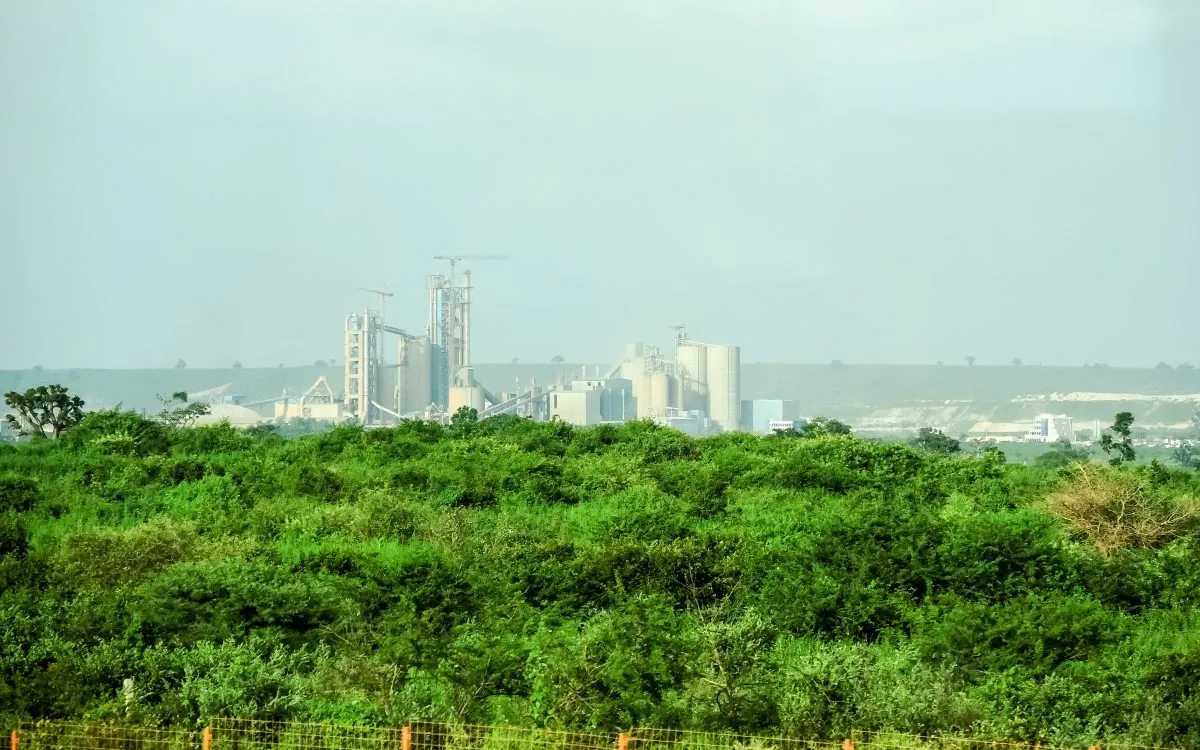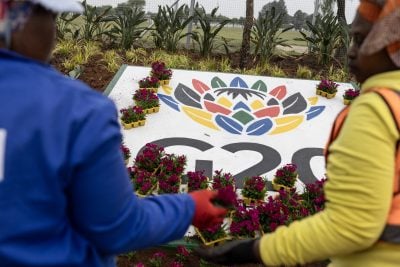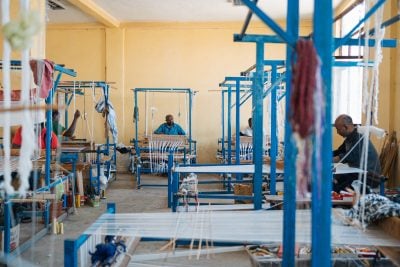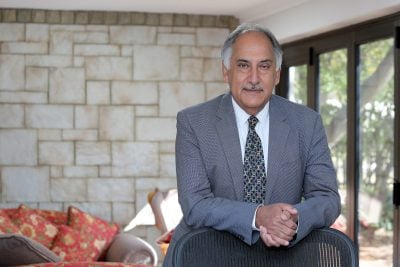Senegal’s largest cement producer, Sococim Industries, has secured a €242m finance package from the International Finance Corporation (IFC), the private sector arm of the World Bank Group, to build a new production line at its Rufisque cement plant in the Dakar Region.
Sococim Industries, a subsidiary of France-based multinational Vicat, is currently responsible for around four million tons of cement production per year, which is more than any other player in Senegal’s cement industry. By comparison, Africa’s largest cement producer, Dangote Cement, sold around 10 million tons of cement in 2022.
The IFC’s finance package comprises a €120m loan from its own account and €122m in local currency parallel loans. Société Générale Sénégal has been appointed as the administrative agent to manage the local currency financing, while the other lenders include CBAO Groupe Attijariwafa Bank, Banque Internationale Pour Le Commerce et l’Industrie du Sénégal, and Ecobank Sénégal.
Banking on CO2 reduction
€214m of the financing will be used to decarbonise cement production at the site, according to the IFC, including a contribution towards a larger €260m upgrade project.
Sahid Yalou, director at Ecobank Sénégal, which is part of the consortium of five banks that financed the project in local currency, told African Business that the ecological aspect of the project was a determining factor for his bank, stating, “in addition to the clear economic advantages, the project’s environmental aspects clearly enhanced its appeal.”
Clinker, a key component of cement, is a significant source of CO2 emissions, constituting around 7% of total annual energy and industry emissions. According to a recent study by scholars at Imperial College London, major Western cement companies such as Cemex, Heidelberg Cement, and LafargeHolcim emit between 561 and 622 kg of CO2 per ton of cement produced. Based on this data, Sococim’s ambition of producing 6,500 tons of cement per day at the Rufisque plant would emit between 3.6 and 4 million kg of CO2, approximately 35% of Senegal’s yearly CO2 emissions.
To address this issue, the loan is being used to finance the modernisation of Sococim’s clinker production plant near Dakar, replacing part of the current clinker lines with more fuel-efficient ones that will use up to 70% alternative fuels. This move will boost energy efficiency and significantly reduce emissions, Sococim wants to reduce greenhouse gas emissions by 312,000 tons of CO2 equivalent annually by 2030.
The new production line is expected to significantly boost Sococim’s competitiveness, allowing it to meet the growing demand for cement in the region, in the context of strong GDP growth for Senegal. The IMF projects GDP growth of 8.1% in 2023 and 10.4% in 2024. The country aims to reduce its greenhouse gas (GHG) emissions by at least 23% by 2030.
Want to continue reading? Subscribe today.
You've read all your free articles for this month! Subscribe now to enjoy full access to our content.
Digital Monthly
£8.00 / month
Receive full unlimited access to our articles, opinions, podcasts and more.
Digital Yearly
£70.00 / year
Our best value offer - save £26 and gain access to all of our digital content for an entire year!
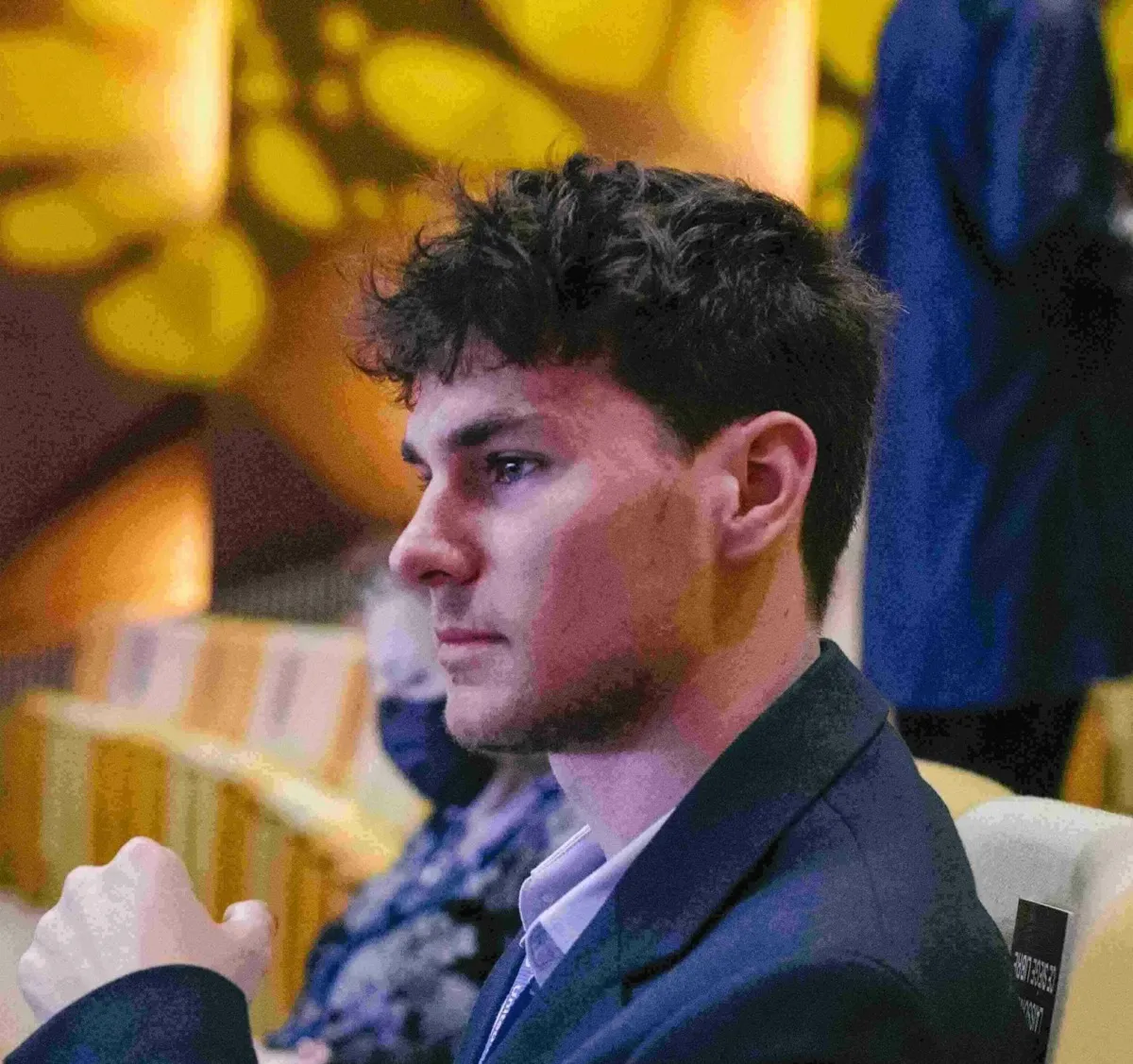
 Sign in with Google
Sign in with Google 